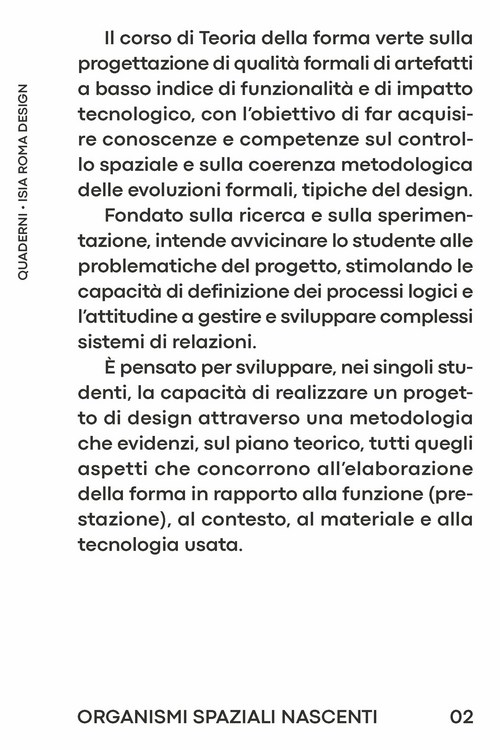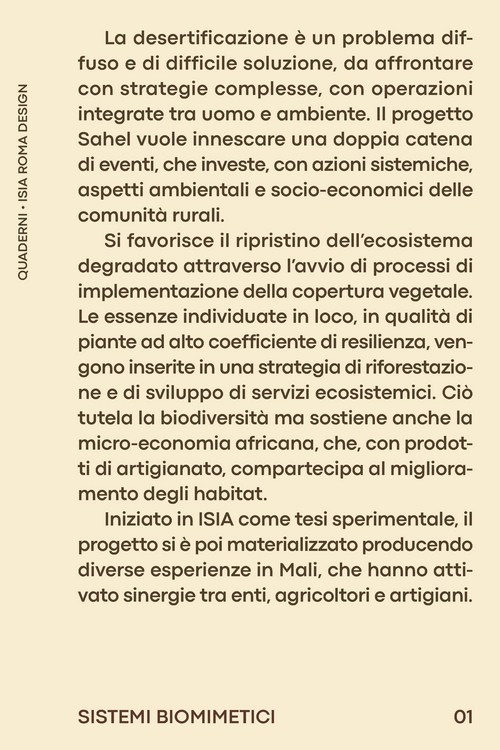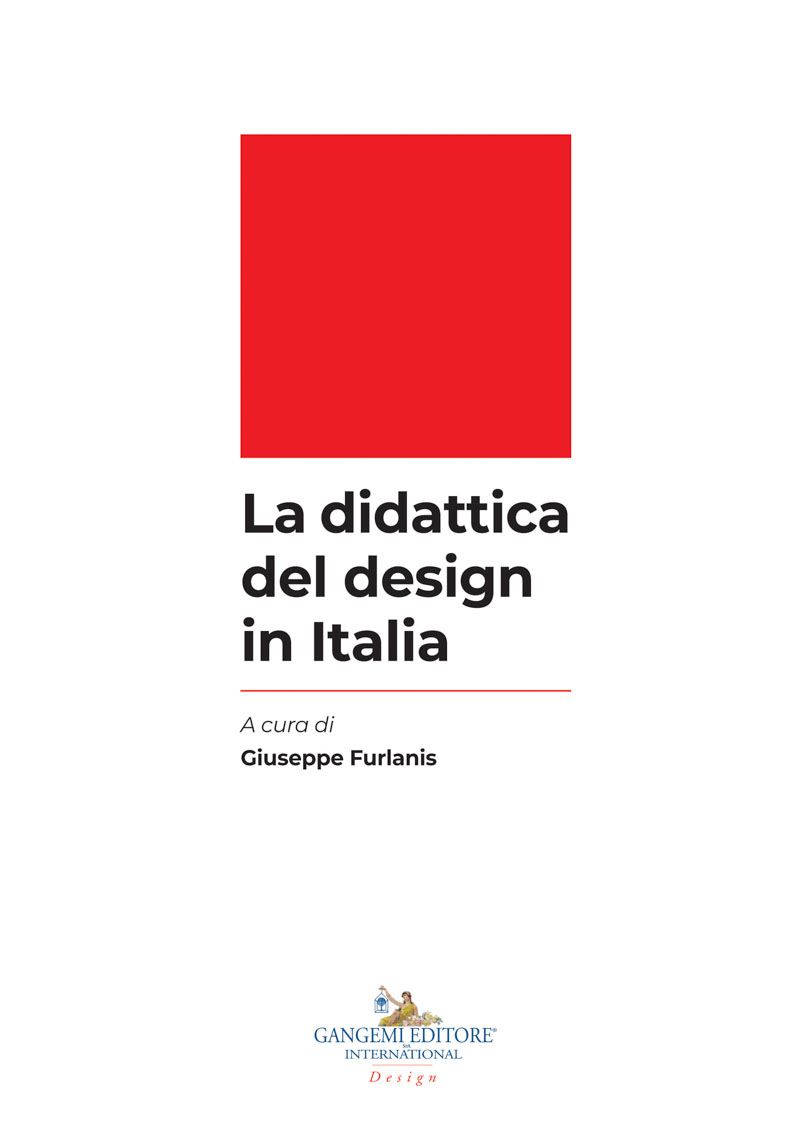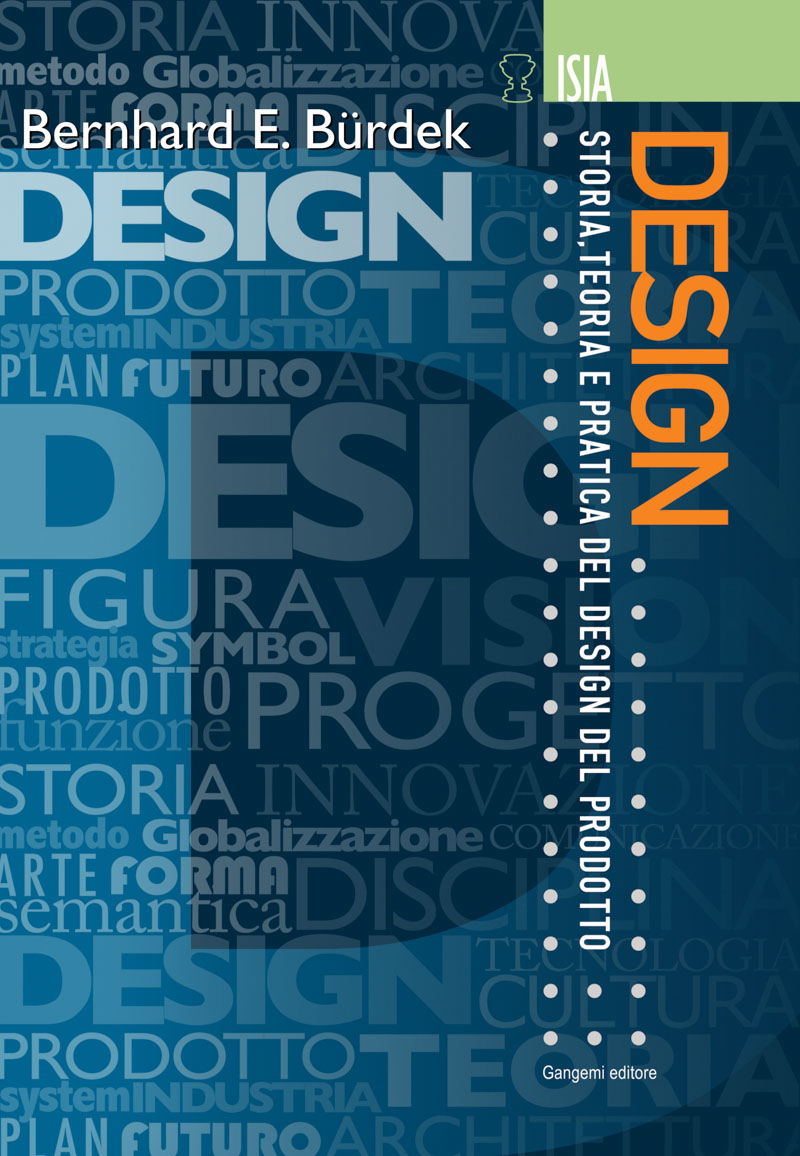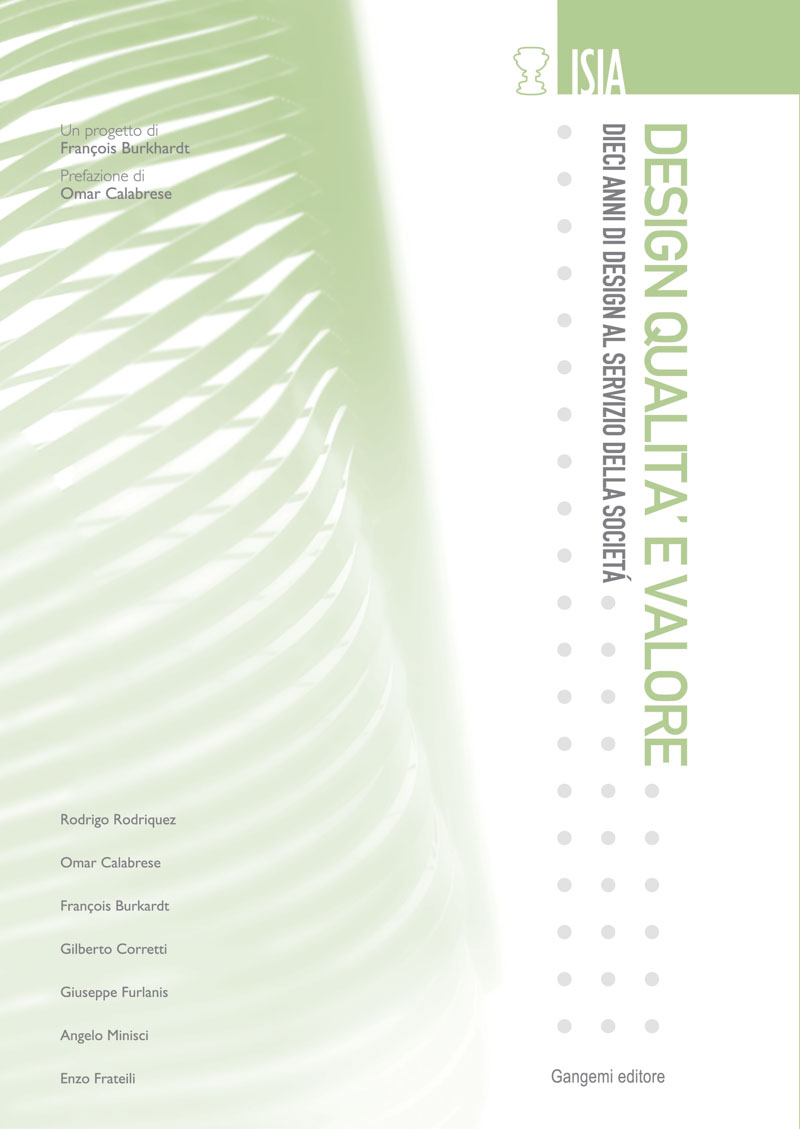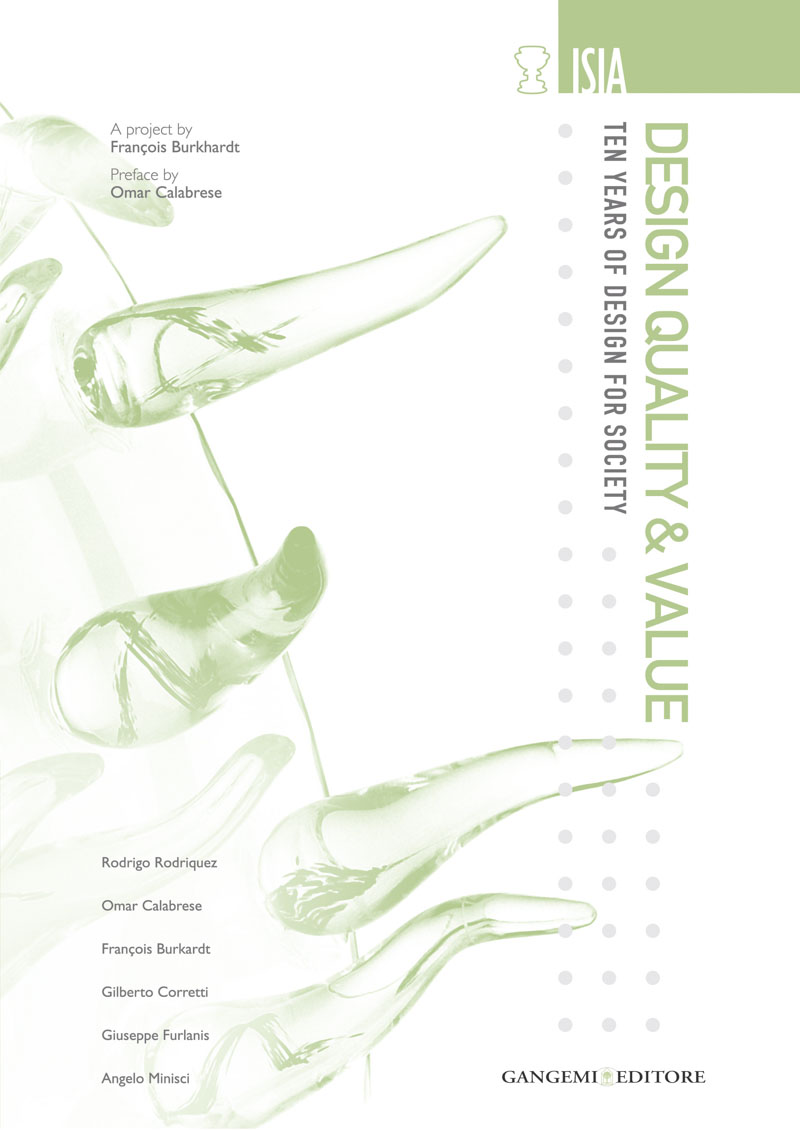
35,00 €
Potrebbero interessarti anche
Design Quality & Value
Ten years of design for society
A cura di: Burkhardt François
Autori: Rodriquez Rodrigo, Calabrese Omar, Burkhardt François, Corretti Gilberto, Furlanis Giuseppe, Minisci Angelo
Full English text
Formato: 17 x 24 cm
Legatura: Filorefe
Pagine: 192
Anno edizione: 2007
ISBN: 9788849212310
EAN: 8849212313
UB. INT. : T305C T446f V12g V41e
Contenuto
Is there only one way to teach design?
Obviously not.
And not just because each region has its own culture, as anyone who took part in Designing Designers knows only too well.
Designing Designers is the international conference of University Design Schools that for the past couple of years is held in April in Milan.
Although Italy is still a leader in the field of design, a bubbling crucible of talented designers and shrewd, energetic entrepreneurs, people have different views on teaching methods, on the philosophy of education and the DNA of the different scholastic institutions.
This is the case of the ISIA – Florence; its roots and identity were established by the people who in 1962 founded and developed the institute: Giulio Carlo Argan, Eugenio Calò, Giuseppe Ciribini, Angelo Maria Landi, Ernesto Rogers as well as its first teachers, including Giovanni Klaus Koenig, Pierluigi Spadolini, Leonardo Benevolo and Vittorio Franchetti Pardo.
As the institute’s President and former member of the Scientific Teaching Committee, I have followed its development and how it has implemented the reform of the Artistic & Musical Further Education System with which it is involved in its capacity as a College for Artistic Industries (the acronym of ISIA). The name didn’t do it justice so Industrial Design Florence was added on. It’s difficult to compare the ISIA with other schools because for many reasons the ISIA is so unusual.
Here are some of them:
All the teachers, approximately 25, want to experiment new teaching methods that combine different design philosophies, styles or trends that can even be in contrast with one another. They all react quickly to changes in the market or requests by clients, especially when they involve society at large.
The student’s strong motivation to study and learn. Approximately 30 students are annually admitted to the school and the number is decided year by year. Each year an unusually large number of applicants apply to follow all the courses. The fact that many students don’t finish their studies on time is because they find a job before they finish the whole course cycle. What they do bring to the courses is their own personal experience of what it’s like to use what they’ve learnt in a real job.
It’s obvious that the ISIA adopts an interdisciplinary approach, in the narrowest sense of the word. When teaching design, it considers the complexities and changes in our social and economic fabric, material innovation and technologies, the importance of natural forms and craftsmanship, in short: school as a research laboratory.
In this book, François Burkhardt places the ISIA – Florence in the context of the recent, intense history of the teaching of Design.
However, as highlighted by Omar Calabrese in his preface as well as by Gilberto Corretti, it is not a self-referential, commemorative book. On the contrary, in the words of Giuseppe Furlanis, Director of the ISIA since 1990, the book intends to launch a debate on how to teach design today, taking as its starting point a school which, with very few resources, has turned into a first-class institute
Parole chiave
Condividi su

